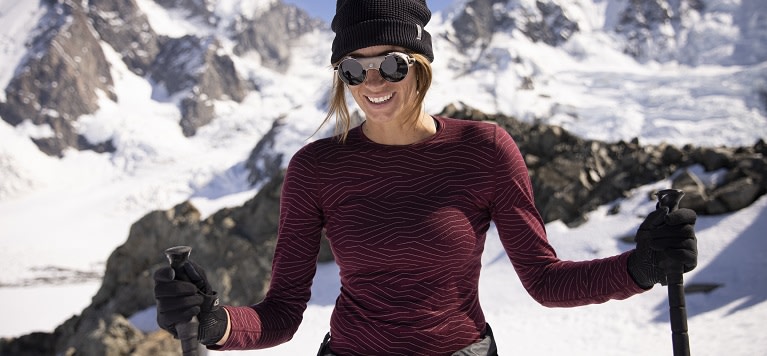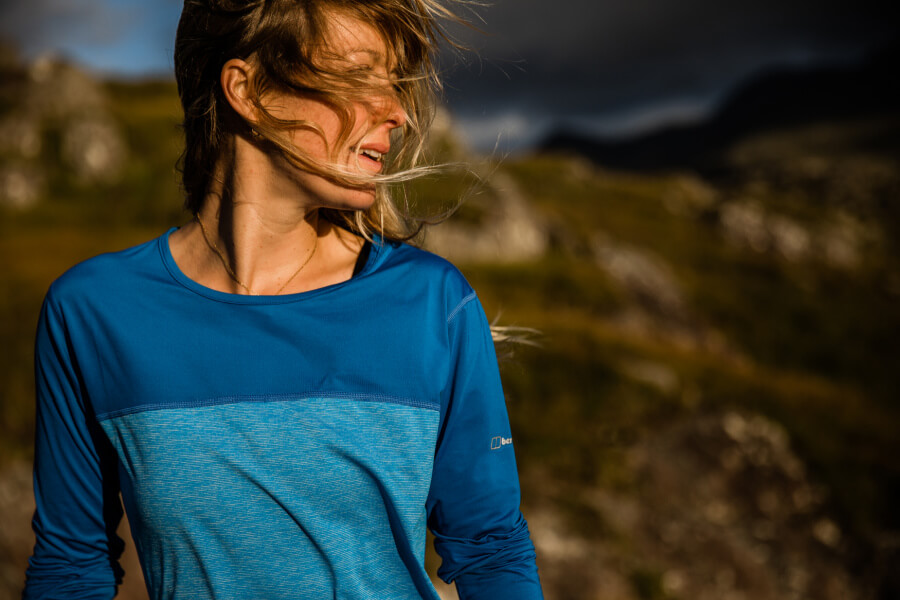Free Suggestions For Deciding On Merino Wool Base Layers For Hiking
What Merino Sheep Breeds Exist And What's Their Distinctive Characteristic And Their Quality?There are numerous varieties of Merino sheep, each having distinct characteristics and traits. Here are some of most well-known Merino sheep breeds and how they differ Spanish Merino: The Spanish Merino is among the oldest Merino species, is famous for its fine wool production and its high yield. This breed is adaptable to any environment and has the highest level of resistance to diseases.
American Merino- American Merino, also known as the American Merino, was developed in America during the 19th Century. It is known for its high-quality wool and toughness. This breed is specially suited to harsh winter conditions and is immune to many common sheep diseases.
Saxon Merino - This Merino shearer is a particular fine-boned Merino and is well-known for its soft, fine wool. This breed is usually smaller than the other Merino breeds, and it is well-suited to hot and dry environments.
Peppin Merino - The Peppin Merino was an Australian breed developed in the 19th century. This breed is renowned for its fine wool quality, and is particularly ideal for Australia's extreme heat and dry climate.
Rambouillet-The Rambouillet Merino Sheep breed was created in France during the 18th century. The breed is well-known for its ability to adapt to various environments. Rambouillet wool, though more coarse than other Merino kinds, is sought-after due to its superior quality.
Polwarth - The Polwarth Merino sheep breed was created in Australia during the 19th century. This breed is known for its silky and warm, shiny wool. It is particularly suited to the cooler, more humid climate of southern Australia.
In the end, the distinctive characteristics and characteristics of Merino sheep are determined by the specific breed and the setting where they live. Breeders often select for specific qualities like fine wool, hardiness and adaptability to make innovative Merino breeds that can adapt to various environments and uses.

What Are The Foundation Layers Of Merino Wool Used In Clothing?
Due to its exceptional moisture-wicking capabilities, breathability and natural odor resistance properties, Merino sheep wool is a well-loved base layer for clothing. Here are a few of the many types of Merino wool base layers available. Lightweight base layers- Lightweight Merino wool base layers are designed for use in cool to mild climates. These base layers are made of a breathable, lightweight fabric that is able to be layered with other clothes.
Base layers made of medium-weight Merino Wool base layers. These base layers are suitable for use in colder temperatures. They are typically made of heavier, warmer and more insulating materials which provide warmth and comfort during cooler temperatures.
Heavyweight base layers - Heavyweight Merino wool base layers are made to be used in extremely cold conditions. They are made of the most warm and dense fabric that offers insulation and protection from the elements.
3/4 length base layers- 3/4 length base layers Merino wool base layers are made to provide warmth and comfort to the lower body without adding unnecessary bulk. They are ideal to layer under shorts or trousers in cooler weather.
Long-sleeve Merinowoo wool base layers - These long-sleeved layers are made to provide warmth and comfort to the upper part. They are typically made of an breathable and thin fabric and can be worn underneath other clothes to keep warm.
Hooded base layer- Hooded Merino wool base layers are designed to provide warmth and shield from the elements. They usually feature a neckline that is fitted and is worn with an additional headgear or helmet.
Zip-neck base layer - Zip neck Merino wool base layers. These base layers provide the ability to regulate temperature and provide ventilation. They usually feature a top with a zipper that can be closed and opened depending on the conditions.
Overall, Merino wool base layers are available in a wide variety of styles and weights to meet different requirements and preferences. Take into consideration the weather conditions and intensity of activity to determine the weight and design that will meet your requirements when selecting Merino wool base layers. Go merino wool base layers blog for site advice.

What Is The Most Effective Base Layer To Ski When You're Combining Merino And Himalayan Yak Wool?
There are a variety of aspects to take into consideration when selecting the most appropriate combination of Merino and Himalayan wool to make the base layer of your skis. Here are a few key factors to consider. Weather conditions: Consider the weather and temperature that you'll be skiing in. Base layers with more insulation are recommended when it is very cold. For example one made from Himalayan Himalayanyak wool. A lighter Merino base layer may be more suitable for milder conditions.
Activity level- Think about your level of activity and how much you tend to sweat. Merino Wool, which is known for its great moisture-wicking characteristics, might be a better option when you sweat a lot.
Comfort- Choose the base layer that is both comfortable and well-fitting. Base layers should be able to move with you, and offer all range of movement. It is important not to wear anything too tight or restrictive as this can hinder mobility and create discomfort.
Individual preferences. The ideal base layer combination will be determined by your individual preferences. Certain people like more insulation, while others prefer a lighter base layer. Different combinations are possible. Look for the combination that is most comfortable for you.
It is essential to note that the selection of Merino and Himalayan wool wools for your base layer for skiing will be contingent on your personal preferences and the conditions in which you'll be skiing. Consider the conditions of the weather, your fitness level, your comfort and your personal preferences to select a base layer that will keep you dry, warm, and comfortable while skiing. Go find women's ski clothes at koraoutdoor.com for website advice.

Merino, Himalayan Yak Wool Is Superior To Cotton And Alternatives Made Of Polyester For Ski Wear.
Merino and Himalayan wools are superior to nylon, cotton, polyester, nylon and fleece for ski clothing due to several reasons. Warmth- Merino and Himalayan wools are very efficient insulators that keep your body warm during cold conditions. Merino Wool and Himalayan Yok Wool offer superior insulation.
Moisture management: Merino wool as well as Himalayan Yok wool are extremely efficient in controlling moisture. They help keep you dry and comfortable when you're skiin. Both are water-wicking fabrics. This means they draw water away from your skin and move it to outer layers of the fabric where it will evaporate. This contrasts with cotton which absorbs moisture and becomes heavy when wet.
Breathability- Merino wool as well as Himalayan yak wool are highly breathable, meaning that they let air circulate through the fabric, helping to regulate body temperature and prevent overheating. This is particularly important for ski clothes since it helps you stay comfortable while you are skiing. Polyester or nylon as well as fleece, on the other hand are more breathable however they trap moisture and heat. This can make you uncomfortable and uncomfortable.
ComfortThe Comfort Merino wool as well as Himalayan yak wool are incredibly gentle and comfortable, making them perfect for wear close to your skin. They are extremely stretchy and flexible which allows for full movement and mobility. Polyester, nylon, and fleece however, can be rigid and uncomfortable. They can restrict your movement and cause discomfort.
SustainabilitySustainable Merino and Himalayan wools are renewable, natural fibers that are biodegradable and recyclable. They are greener than synthetic materials, such as polyester and nylon, both of that are made of non-renewable materials and require longer to break down.
Merino wool or Himalayanyak wool have many advantages over cotton nylon polyester, nylon or fleece to wear for skiing. They are warm dry, breathable, moisture-wicking durable, and comfortable, making them an ideal choice for anyone who wants to remain comfortable and safe when skiing.